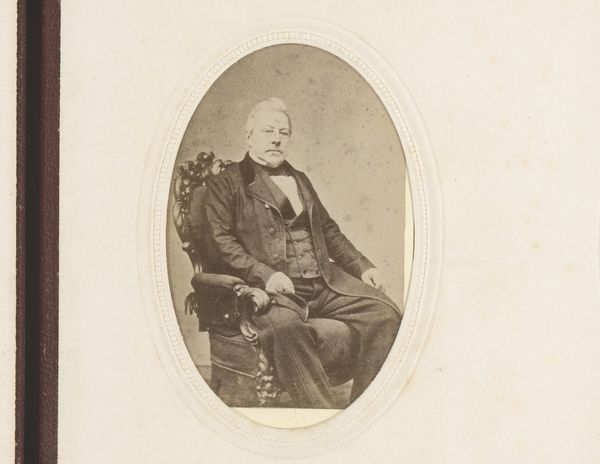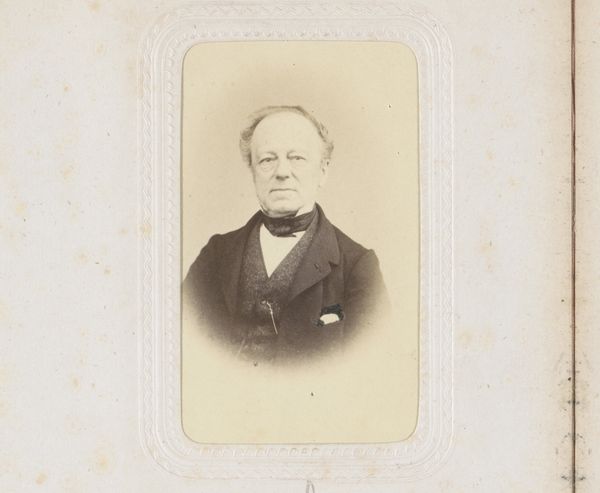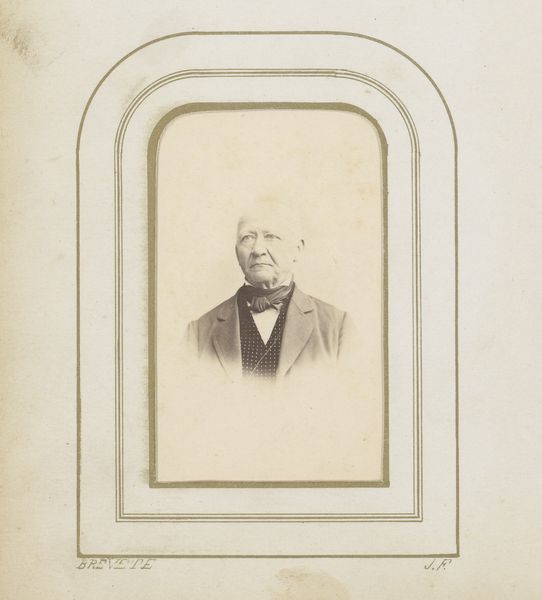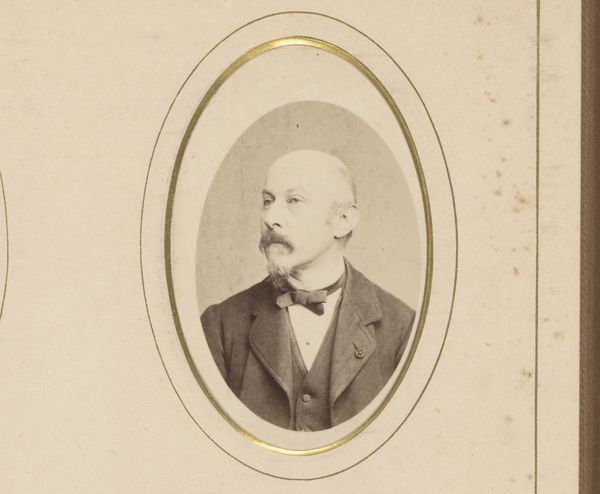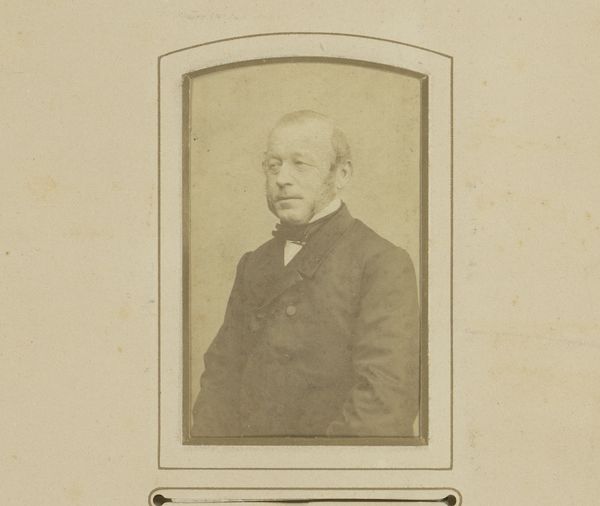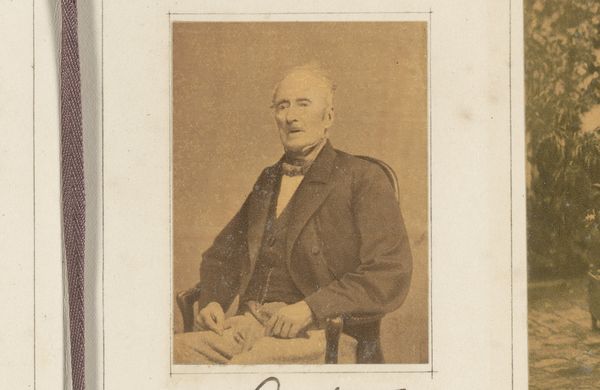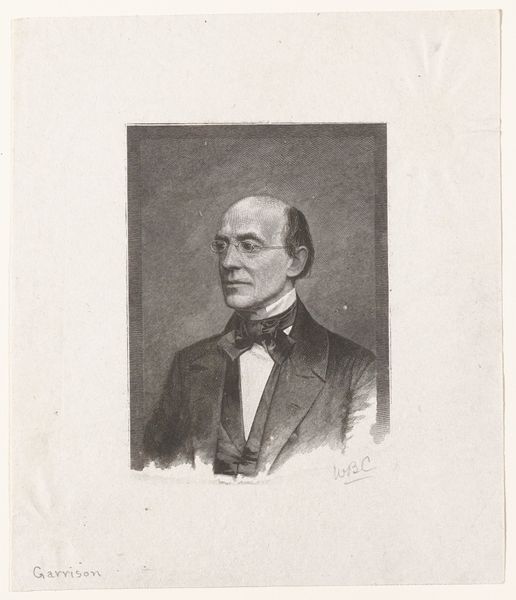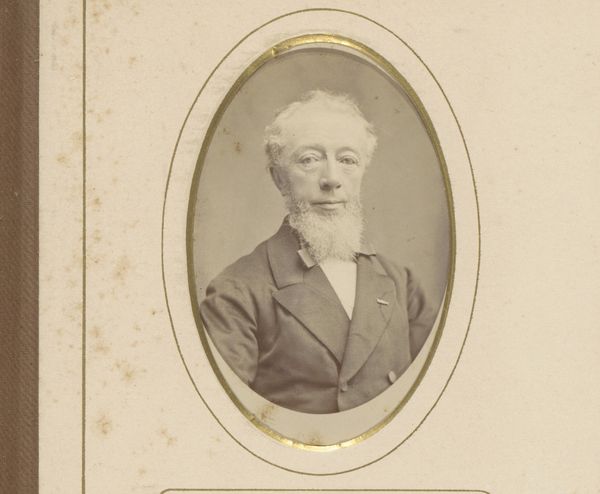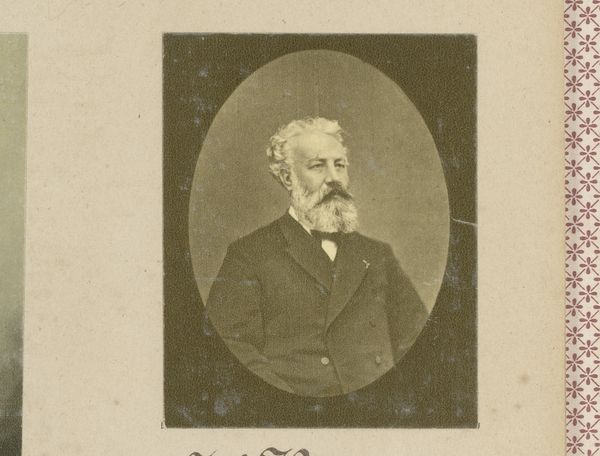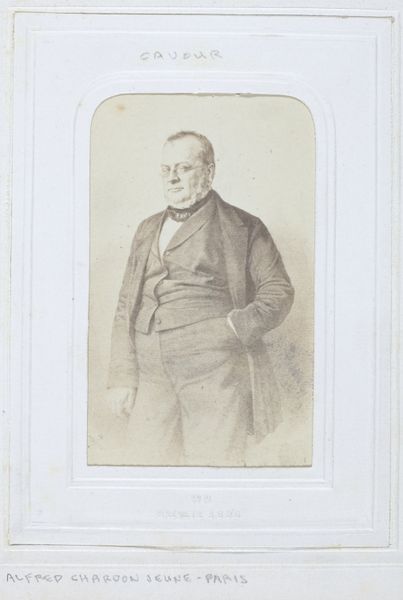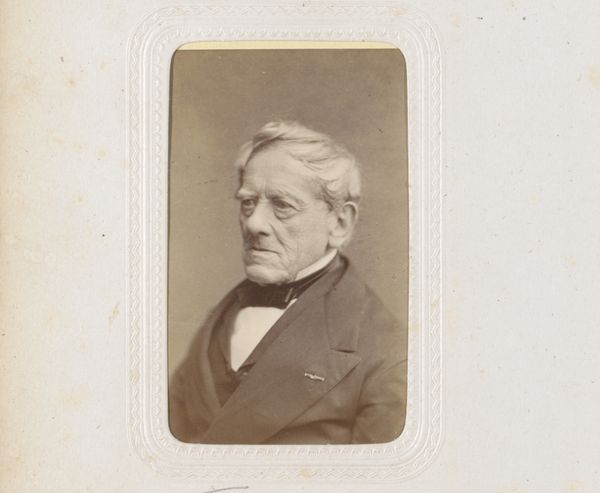
photography
#
portrait
#
photography
#
19th century
#
portrait drawing
#
realism
Dimensions: height 83 mm, width 52 mm
Copyright: Rijks Museum: Open Domain
Curator: An arresting portrait—almost austere. There’s a palpable weight to the sitter’s gaze, a certain world-weariness, wouldn’t you say? Editor: Absolutely. It speaks volumes even before one delves into its history. The very soft sepia tones create a sense of intimacy, and perhaps…melancholy? It’s almost like viewing a faded memory. But let's orient our listeners to the artwork itself: this is "Portret van een oude man" by Charles Binger, created between 1872 and 1887. It's a photographic portrait, residing here at the Rijksmuseum. Curator: Binger captures something archetypal, I think. He's using the relatively new medium of photography in a very conventional portrait style – an oval frame suggesting paintings from previous centuries, and creating an instant ancestral feel, almost imposing the weight of inherited history onto the individual. This speaks to photography's immediate societal function; an emerging form to memorialize. Editor: Exactly. The pose and the formal wear immediately project status and respectability. I am drawn to the framing of the man within the photograph as much as the subject itself; both serve to monumentalize this subject's social standing during the Victorian era. He's contained, presented for our analysis – for public consumption, if you will. Curator: But look closer. There’s also a certain fragility, a sense of vulnerability behind the confident posture. Look at the light etching the lines in his face – each one seems significant, laden with experience. It creates a sense of empathy with him – regardless of how he wishes to be perceived. Photography also captures nuance that paintings may unintentionally obscure. Editor: A compelling tension. Perhaps Binger intended to subvert those very expectations that formal portraiture generated; by capturing the humanity of the individual beneath societal expectations and the symbolic weight of his older years, he creates a photograph of a very real human with emotional complexity that may not otherwise be socially permissible in art or society. Curator: In a society still grappling with rapid industrialization, such formal portraits likely served as visual anchors of tradition. Perhaps offering a semblance of stability, projecting an image of enduring values— family, responsibility, legacy... things we see encapsulated in his resolute stare. The symbolic weight is carried visually on this man. Editor: It all adds up to such a complex narrative for what initially appears as a straightforward photograph! We can discuss how photography influences cultural perceptions of individuals, society, and art more broadly for some time to come.
Comments
No comments
Be the first to comment and join the conversation on the ultimate creative platform.


